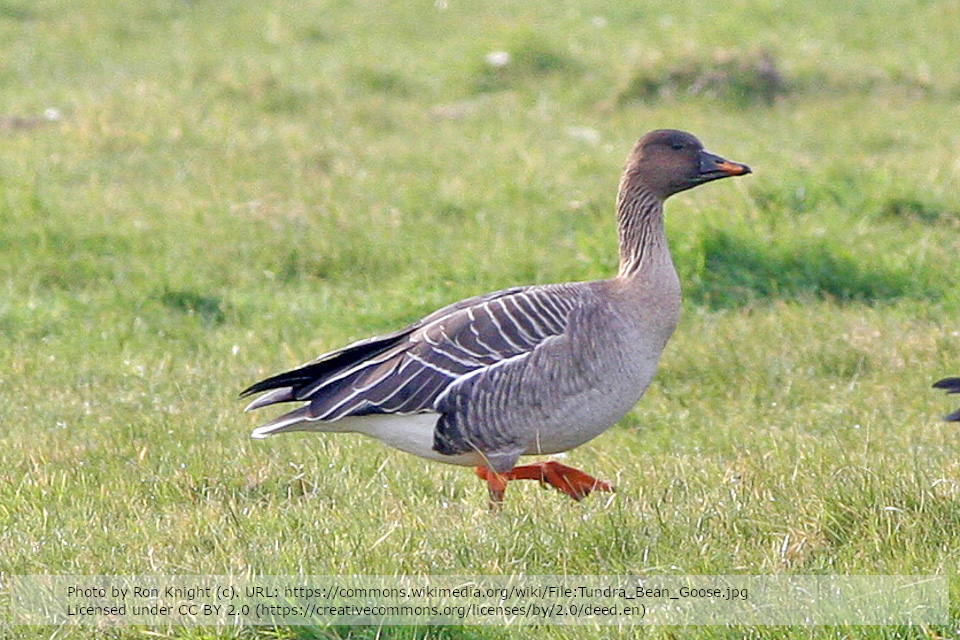Tundrasädgåsen Anser fabalis rossicus under vårflyttningen i norra Sverige – en sällsynt gäst eller regelbunden flyttfågel?
DOI:
https://doi.org/10.34080/os.v20.22618Nyckelord:
populationsstudier, inventering, underart, ringmärkningsåterfynd, ringmärkning, AnatidaeAbstract
In spring 2007–2009, I studied the races of staging Bean Geese Anser fabalis in northern Sweden, both in the hand and in the field. In all study periods, the Tundra race rossicus was found quite regularly with greatest numbers near Alvik in the Luleå region. Simultaneous counts revealed a maximum of 2,722 individuals in spring 2009. The predominance of rossicus at Alvik was confirmed by catching in 2009. As large numbers of Bean Geese in early May have been reported from the Alvik area for many years, rossicus should be considered a regular and numerous spring migrant through northern Sweden. The occurrence of rossicus in northern Sweden is linked by ring recoveries to a breeding population in Finnmark, Norway. Birds, ringed during spring staging in mid May at Valdak marshes, and probably breeding in their wider surroundings, are reported yearly from Luleå region in late April/early May. There is also a link to a moulting site of rossicus at Varanger peninsula, Norway. New recoveries of birds, ringed in northern Sweden, at various sites in Finnmark confirm this connection.
Nedladdningar

Downloads
Publicerad
Referera så här
Nummer
Sektion
Licens
Copyright (c) 2010 Thomas Heinicke

Det här verket är licensierat under en Creative Commons Erkännande 4.0 Internationell-licens.
Författaren/författarna innehar copyright för varje enskilt bidrag, men samtliga bidrag är publicerade under en Creative Commons-licens, så att vem som helst kan dela och återanvända bidraget förutsatt att copyright-innehavaren erkänns.







